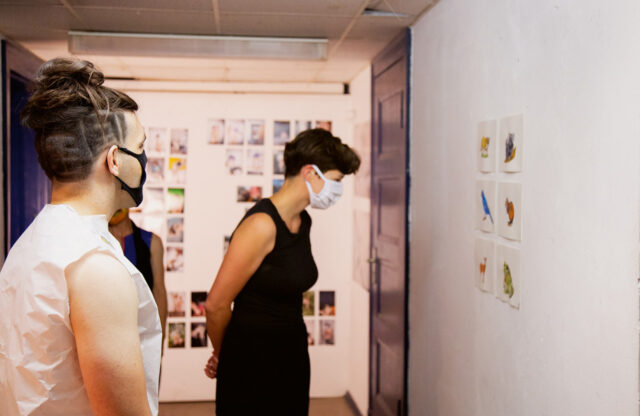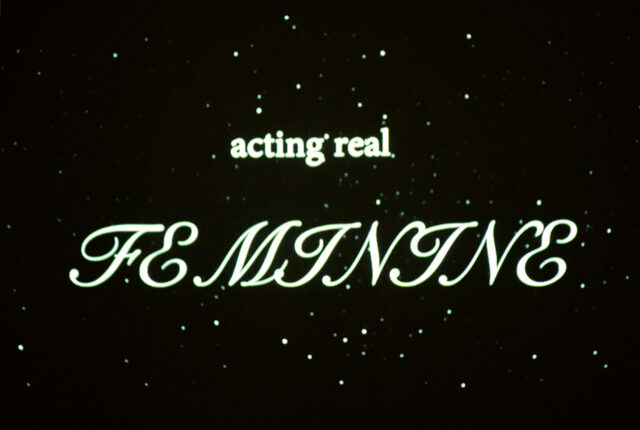
The Urge Extended, 2020, feat. hugo rex tibiriçá, Foto: Malu Blume

The Urge Extended, 2020, feat. Malu Blume, Foto: Malu Blume

The Urge Extended, 2020, feat. hugo rex tibiriçá, Foto: Malu Blume

The Urge Extended, 2020, feat. Malu Blume, Foto: Malu Blume